Son!
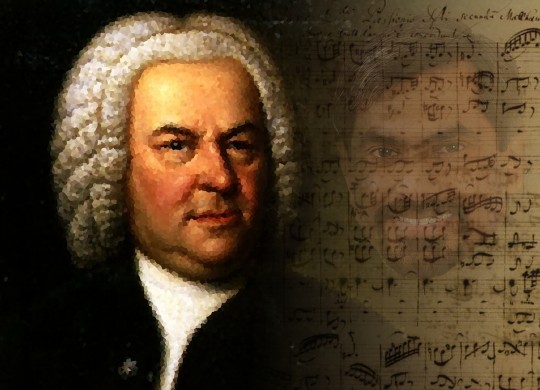
Last night, I had a wonderful opportunity to listen again to a live performance of THE St. Matthew Passion, courtesy of the Dallas Bach Society.
A remarkable sacred oratorio written by Johann Sebastian Bach (1685–1750), probably around 1727. There are both solos and pieces for double choir (two four-part choirs). The Passion also employs a double orchestra—two sets of instrumentalists, each set having two recorders, two flutes, two oboes, two violins, a viola, a viola da gamba (an older version of the cello), in addition to a basso continuo (it was a harpsichord plus bass, last night).
Essentially the St. Matthew Passion is a musical setting of Martin Luther’s translation of Matthew 26 and 27, with the addition of traditional chorales and arias.
This was not an unusual piece; in those days, a number of composers created Passions. But Bach’s double-choir/double-orchestra deal is unusual. So also the number of chorales used—many! In fact, five of them use the same melody, that we know as sung to “O Sacred Head, Once Wounded.” Quite subtly, Bach throws in the opening motif of that chorale in at least two other places—in the bass line, with odd rhythms. Clever!
In one aria, where bleeding is mentioned, and where tears are sung about in another, the flutes play a drop-like staccato. One about the snake gives the instrumentalists audibly undulating and twisting parts. Clever!
Usually when the characters say anything, they are accompanied by the organ and a bass player. Not so for Jesus: when he speaks, he not only has the harpsichord and bass, but also strings (of the first orchestra), giving his voice an auditory “halo.” Clever!
Only in one place is Jesus’ halo missing. [You’ll have to guess. And come back here to find the answer in a couple of weeks.] Clever!
The choirs go back and forth trading words and events in antiphonal style, taking the part of various characters.
One goes: Come, ye daughters, share my wailing. See ye!
The other goes: Whom?
Choir 1: The Bridegroom see! See Him!
Choir 2: How?
Choir 1: A Lamb is He. See ye!
Or
Choir 1: Look!
Choir 2: Ah, where?
Choir 1: Look!
Choir 2: Ah, where? Ah, where? Ah, where?
Choir 1: Upon our guilt, upon our guilt.
Other times, they sing together, though the parts weave in and out, without all of them singing the same thing at any given instant.
Except once.
At one point in the Passion, voices and instruments come together (though in harmony) singing/playing the same words/rhythm.
“… for He hath said: ‘I am the Son of God.’”
“He trusts in God; Let God rescue Him now, if He delight in Him.
For He said, ‘I am the Son of God.’”
Matthew 27:43
Though the citation of Scripture deals with the taunt of the mockers as they parade before the cross on which hung Jesus, the words are poignant. Unknowingly, these scoffers are asserting the truth.
Jesus Christ is the Son of God!
Simon Peter answered, “You are the Christ, the Son of the living God.”
Matthew 16:16
At Jesus’ trial …
… the high priest said to Him,
“I adjure You by the living God, that You tell us
whether You are the Christ, the Son of God.”
Jesus said to him, “You have said it yourself;
nevertheless I tell you, hereafter you will see
the Son of Man sitting at the right hand of power
and coming on the clouds of heaven.”
Matthew 26:63–64
This is the One who paid the price of our sins. God incarnate. Jesus Christ. Son of God!


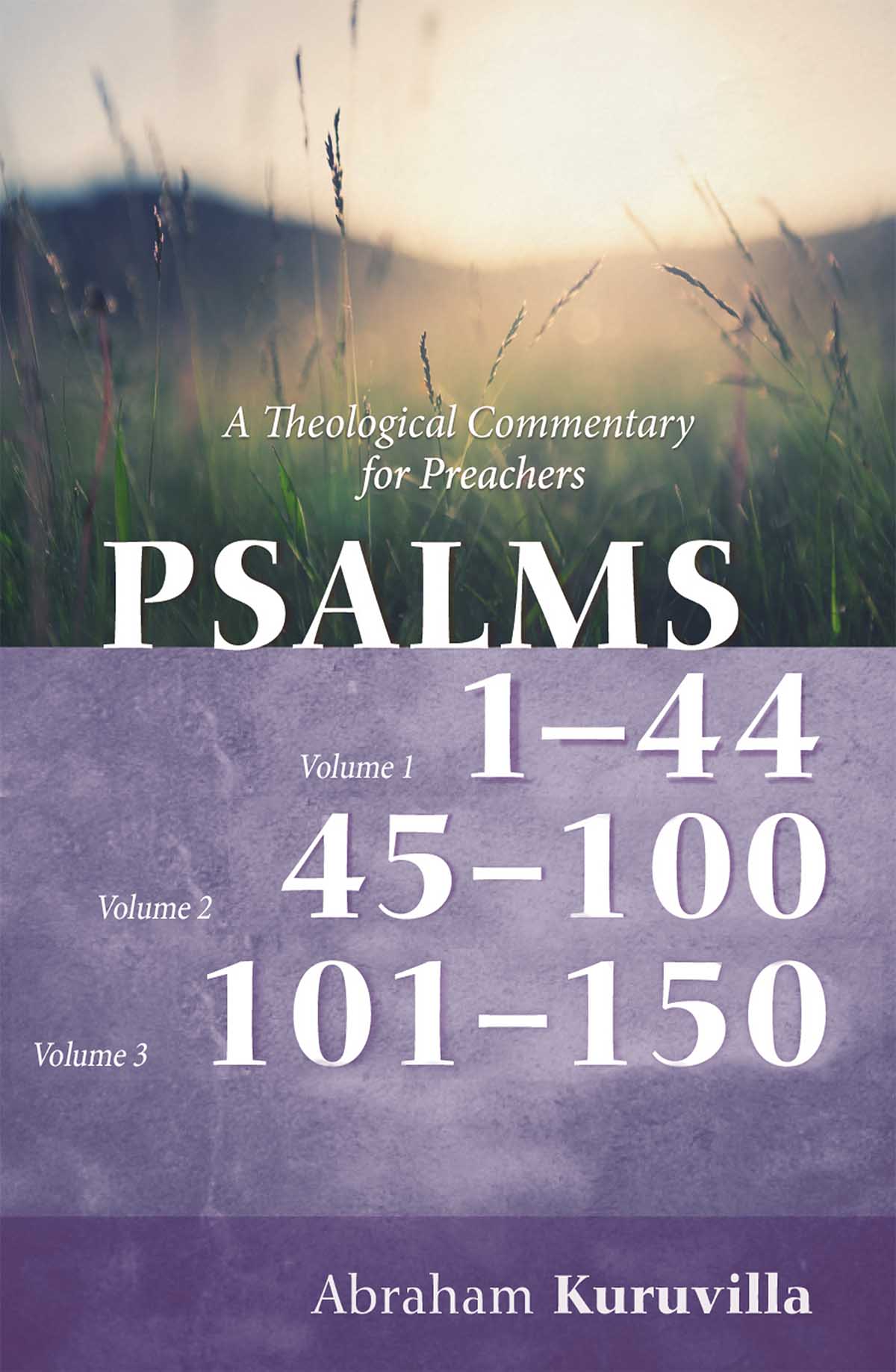
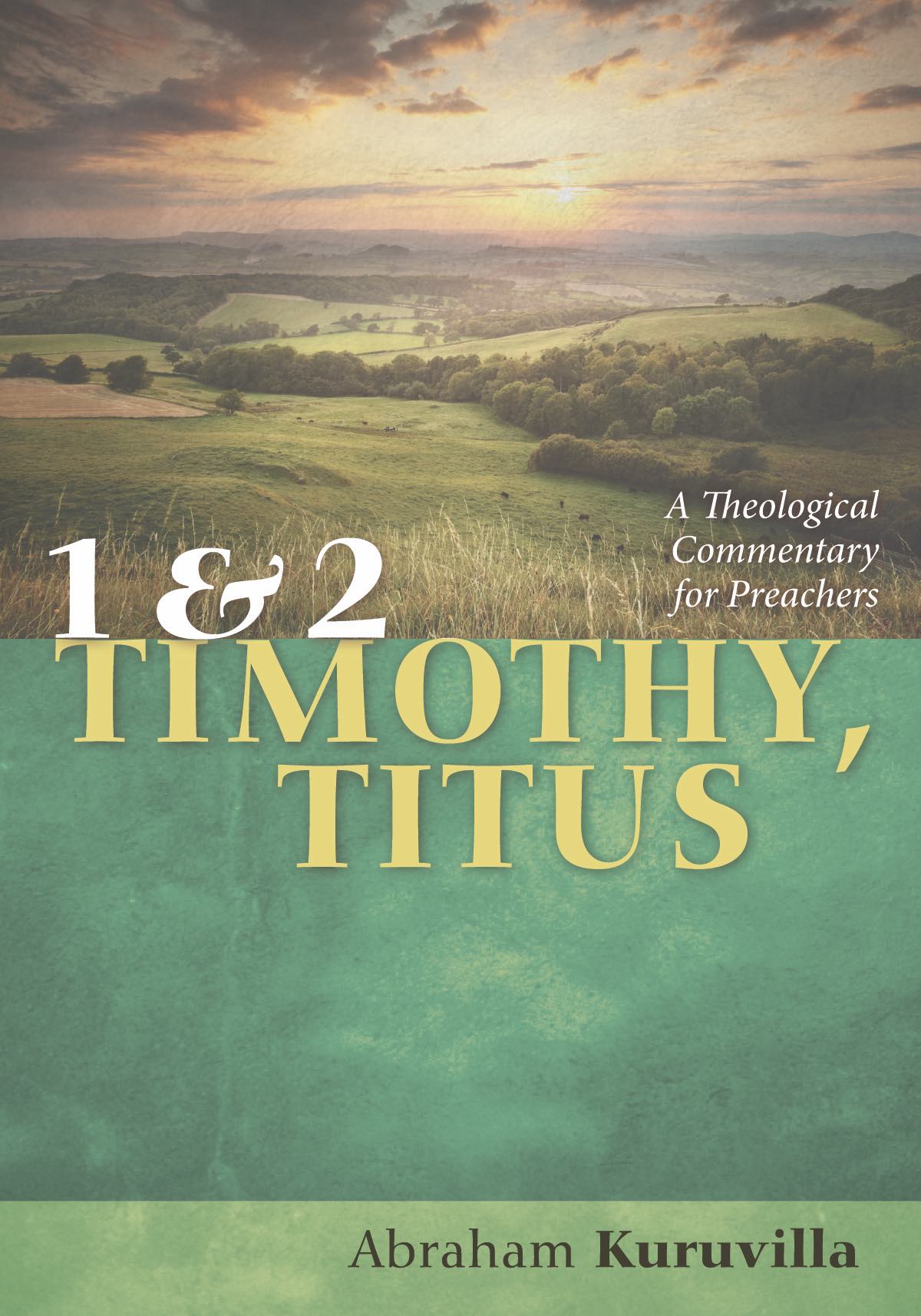
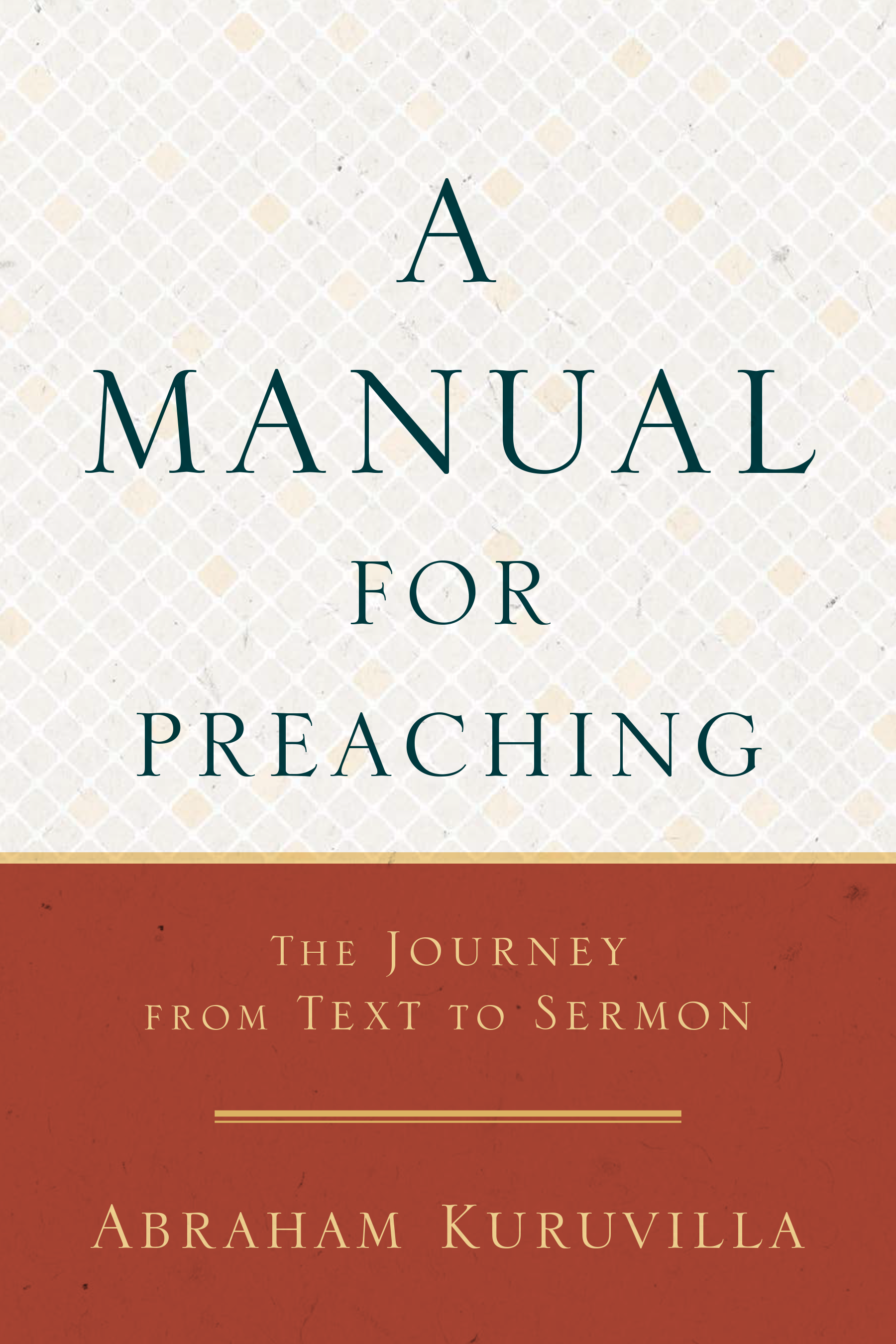

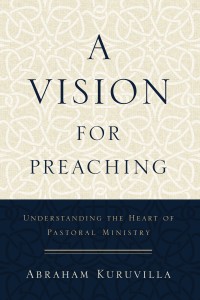





 Abe Kuruvilla is the Carl E. Bates Professor of Christian Preaching at The Southern Baptist Theological Seminary (Louisville, KY), and a dermatologist in private practice. His passion is to explore, explain, and exemplify preaching.
Abe Kuruvilla is the Carl E. Bates Professor of Christian Preaching at The Southern Baptist Theological Seminary (Louisville, KY), and a dermatologist in private practice. His passion is to explore, explain, and exemplify preaching.
2 Comments
Jesus’ halo is missing when he is covered with all mankind’s sins; at the moment of his death. That’s my guess, but I always learn so much from Homiletix. Can’t wait to see what Dr. K will teach us this time.
Keep up the good detective work!